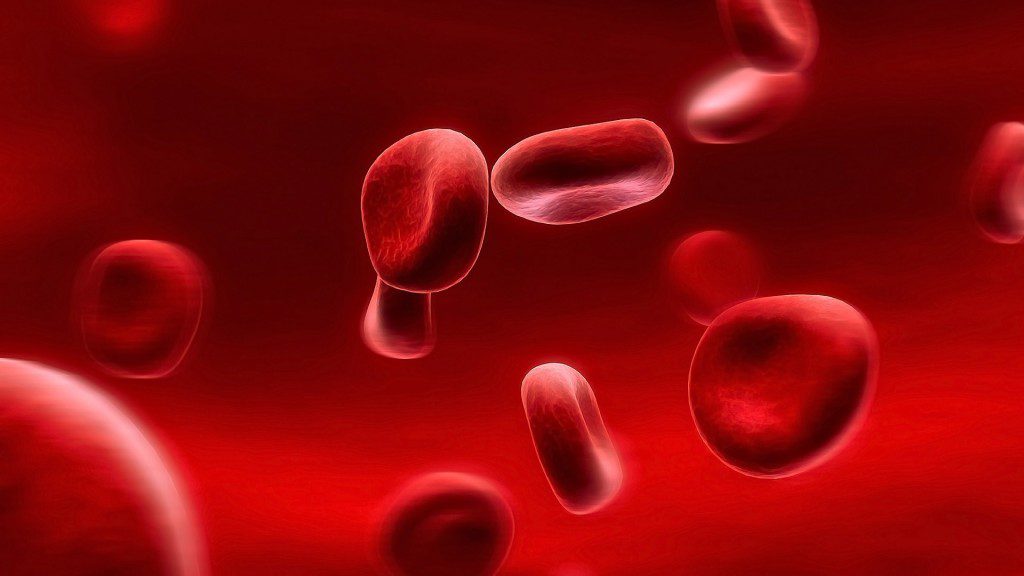Gynecomastia: General and Up-to-date Information
Gynecomastia
Gynecomastia, in Latin language, Gynec=Female, Mastia=Breast, It means benign female-type breast growth. It is a disease of endocrine system.
Growth can usually be double-sided/bilateral, and sometimes can be unilateral. The tissue that causes the growth is the breast (glandular) tissue which is at the plastic consistency and is palpable under the areola/nipple.
Physiological gynecomastia is observed in the newborn child (with the effect of estrogen taken from mother), in adolescents (65% around the age of 13), and in the old age (between the ages of 50-80, 24-60%), and the treatment is not required. Adolescent gynecomastia (depending on hormone changes) heals/recovers spontaneously in 6-48 months
The growth due to fat deposit in the breast area is called pseudo gynecomastia (lipomastia)
Important information to be obtained from patients
- The time of the occurrence of the disease and the duration
- Whether there is pain in the nipple, the deformity of diameter, and deformity in the nipple with the flow/stream
- Epidemic parotisis medical history, and whether the patient receive blow to the ovary/testis
- Chronic alcohol
- Drug use
- Medical history of gynecomastia in the family
- Impotence, sex disorders, medical history of infertility
- Chronic liver, thyroid and kidney disease
Especially in the unilateral and rapid growth, medical examination of axillary cavity on the same side is essential to exclude/overcome possible breast cancer in male. These cases are often accompanied by atrophy. Other traumatic (hematoma) and regional fat growth (lipoma) which may lead to unilateral breast growth, should be well examined.
Gynecomastia can be observed in any case that testosterone level decreases and estrogen level increases. Estrogen hormone functions/causes as growth hormone in the male breast. Therefore, prolonged drug use that may cause estrogen/testosterone ratio imbalance should be examined carefully.
These includes;
- Drugs used to in the treatment of prostate enlargement
- Sedative drugs used in the anxiolytic treatment such as diazepam
- Drugs or convenience food containing anabolic/medroxyprogesterone acetate, and steroid which bodybuilders use
- Drugs used in the treatment of AIDS
- Tricyclic antidepressant starting to be used in the treatment of many psychiatric diseases such as anxiety disorders, obsessive compulsive disorder(obsession disease), post-traumatic stress disorder, and depression, since 1950.
- Some antibiotics such as Flagyl,
- Fungicides such as Ketoconazole,
- Drugs used in the treatment of ulcer disease such as Cimetidine
- Anti-carcinogenic
- Cardiac drugs such as Digoxine, Verapamil, Nifedipine
- Proton-pump inhibitors, Omeprazole used in the treatment of reflux
- Drugs (especially Marijuana)
- Consumption of fruit and vegetables in contact with intense pesticide or industrial residue (these chemicals, pesticides, are considered to function as estrogen in the body)
- Alcohol etc.
- Additionally, gynecomastia can be observed in people who use shampoo, soap and lotion containing vegetable oil such as tea tree, lavender, Dong quai (angelica)
Some of the drugs used in the treatment of breast cancer (Aromatase inhibitors) such as Tamoxifen, which are among the medical treatment options, have not been proved and approved for the treatment of gynecomastia. However, they can be preferred together with radiotherapy in the painful gynecomastia.
Gynecomastia can cause intense emotional and psychological stress, and may lead to estrange from the social life and lack of self-confidence.
Surgical treatment is divided into two groups; Dissolution and removal of the fatty tissue (Ultrasonic Laser or Classic Liposuction), or removal of the breast tissue (mastectomy). The increasingly preferred technique is the treatment with liposuction which is performed with a vacuum and thin cannula. The excess skin adopts/matches to the new place over time and the additional surgical procedure which leaves trace/mark on the skin is not required
Classification of Gynecomastia
(Old System: 1946, 1973, 2003, 2012)
An endocrine disorder related to the female-type breast size occurrence in men (38%64 in adolescents). The reasons are iatrogenic. Excess fat tissue is called pseudogynecomastia. Gynecomastia in men can be caused by benign (lipoma, cyst, infection, adenoma, fat necrosis etc.) and malignant (sarcoma, carcinoma, lymphoma, metastasis etc.), drug-induced gynecomastia, hormonal or end-oragn abnormality. According to Webster (1946) classification, gynecomastia is roughly categorized into three. Fatty, glandular and both fatty and glandular. Simon et al. (1973) added skin to the parameter when evaluating gynecomastia. Type 1, a slight volume increase with no excess skin, Type 2a, moderate volume increase with no excess skin, Type 2b, moderate volume increase with excess skin, Type 3 a marked volume increase with excess skin. Rohrich (2003) advocated the use of tissue type and weight unit in the classification. Stage 1: <250gr, Stage 2: 250-500gr, Stage 3: >500 gr. Turkish researchers Cil et al. suggested tissue type determination with the tomography and if fat/glandular is <0.3, the tissues causing gynecomastia should be removed by surgery (mastectomy), if the ratio is 0.3-0.5, surgery+liposuction, if fat/glandular tissue ratio is >0.6, only liposuction should be performed.
New Gynecomastia Classification
2017
Approaching the problem holistically, Waltho et al., proposed a new contemporary classification for surgery in 2017 by suggesting that the old criteria used in surgical planning were insufficient for treatment algorithm. They argue that the following parameters should be considered.
1. Breast size (this should be the most important thing when deciding on surgical planning),
2. Excess skin (Whether sagging after surgery is one of the most important problems to be considered, especially in post bariatric patients),
3. Skin quality and elasticity,
4. Breast ptosis,
5. Tissue predominance (glandular, fat, mixed), tomography is recommended for this
6. Upper abdominal laxity,
7. Breast tuberosity
8. Nipple position (lower placement in the chest is considered ideal for nipple < Gusenoff JA, 2008>,
9. Rib cage anomalies,
10. Body type
(Credit: Waltho D, Hatchell A, Thoma A., Plast Reconst Surg, 2017 Mar; 139(3): 638-48, Gynecomastia Classification for Surgical Management)
Note: I would like to congratulate Waltho et al who approached the patient and the disease holistically / gestaltist, and offered individual and therapeutic options by evaluating problem and solution as a whole.






